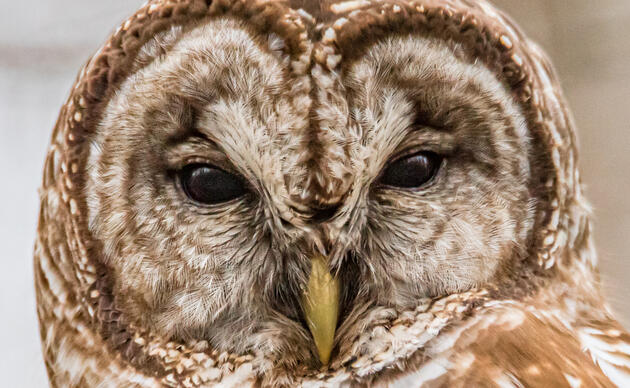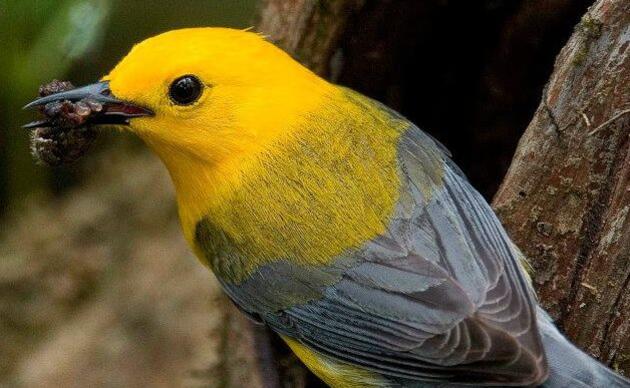In winter, it’s not uncommon to see large flocks of blackbirds flying in sync over a large field, wetland, or even a neighborhood. These groups can number in the thousands (even millions in some regions!) and are often made up of several species, some not even in the true blackbird family. European Starlings, American Robins, Brown-headed Cowbirds, Common Grackles, and Red-winged Blackbirds are the most common birds found in these large winter groups, with occasional visitors like the Brewer’s Blackbird and Rusty Blackbird joining in the fray.
But why do these birds, who often choose a more solitary life during breeding season, flock together in such large numbers during the winter? Scientists believe there might be several reasons for this behavior. It might be in response to food availability as the seasons change; blackbirds are excellent communicators and might be able to pass along resource news faster in larger groups. Perhaps predator protection is at play, using big groups to deter or confuse a bird of prey from making a meal out of a single bird. It could also be something as simple as trying to keep warm during the cold months.
While watching these large flocks can be mesmerizing, they can also become a bit of a nuisance at backyard bird feeders. Not only are they larger and can push out your normal songbird visitors, they can eat large amounts of seed in a short time. If you find your feeders inundated with a flock of blackbirds, you can take down your feeders for a day or two to let them move on and then put them back up for your usual backyard visitors.
Sources:











